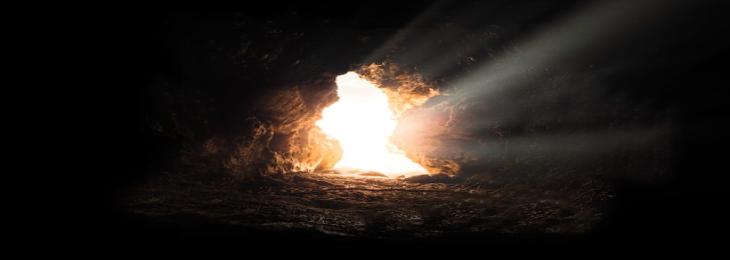
Researchers have found that the areas of the brain responsible for subjective visual experience are more active right before cardiac arrest.
A Monday study reveals that near-death experiences may see a dazzling white light due to fast brain activity after cardiac collapse. A publication that was peer-reviewed by specialists in the same subject before publishing. A Proceedings of the National Academy of Science study examined brain activity in four terminally sick patients. 10%–20% of near-death survivors report seeing a radiant light or talking to deceased loved ones. The current study suggests a scientific basis for the assertion, despite skepticism.
Dying brains reveals human and animal EEGs that show increased brain gamma activity after cardiac arrest or acute asphyxia. Gamma power increases consciousness, concentrated attention, and analytical reasoning. Terminally ill patients showed activity in brain areas linked with endogenous visual processing like dreaming. This may explain friendly faces and bright illumination. The dying patients experience the reported occurrences in dream-like states.
The study found that only two of four subjects had increased brain function. This may explain why near-death experiences remember few visual inputs. The investigation did not examine the causes of the frequency differences between individuals. Dr. Jimo Borjigin, the research team leader, told New Scientist that the two patients with heightened brain activity may have shared meaningful experiences if they had survived. Dr. George Mashour told the Daily Record that a defective brain having a vivid experience while dying is a neuroscientific conundrum. The authors say Dr. Borjigin's research helps explain neurophysiological mechanisms.
Since they couldn't directly ask participants about their experiences during high brain activity, the researchers said their findings were inconclusive. Researchers should study the neurological mechanisms of near-death experiencers who can describe their surroundings following cardiac arrest.






